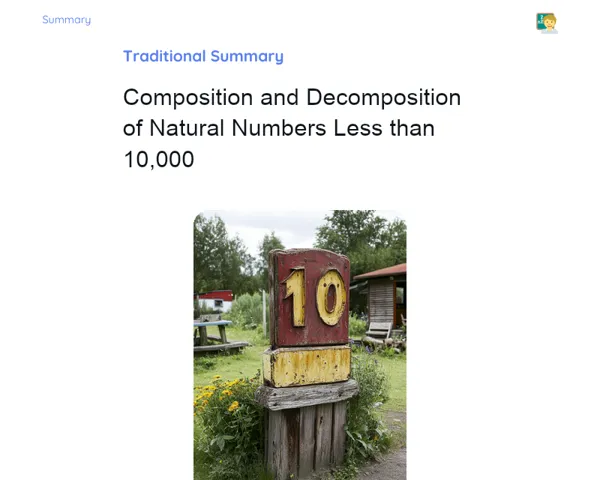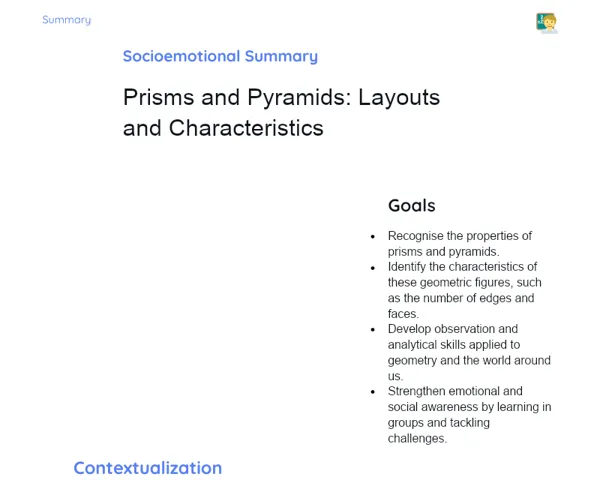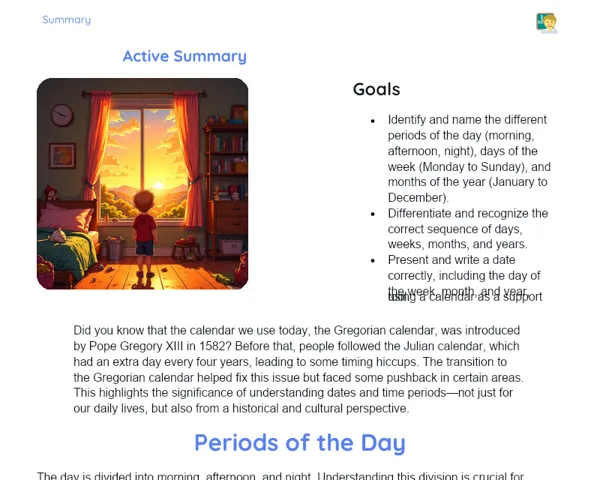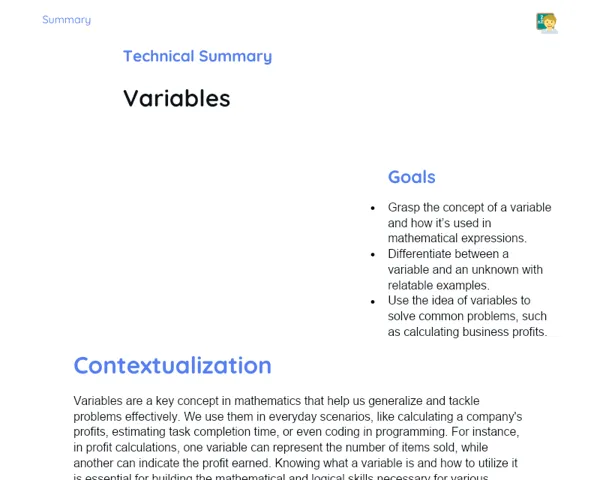Goals
1. Understand and describe shapes that result from reflections in the Cartesian plane.
2. Apply the concepts of reflection to tackle real-world problems.
3. Develop spatial visualization skills and an understanding of analytical geometry.
Contextualization
Reflections in the Cartesian plane are crucial across various fields and are relevant in today’s job market. Think about an architect sketching a building layout, needing to mirror the placement of windows and doors on various walls to achieve symmetry and practicality. Or consider a graphic designer employing reflections to craft balanced patterns and visuals. Grasping how these reflections function can enhance problem-solving in everyday scenarios and improve accuracy in multiple professions.
Subject Relevance
To Remember!
Reflection Concept in the Cartesian Plane
Reflection in the Cartesian plane is a geometric transformation that creates a mirrored image of an original shape in relation to an axis. This transformation keeps the distances and angles of the figure intact but alters the orientation of its coordinates. This foundational concept in analytical geometry has diverse applications in fields like engineering, architecture, and graphic design.
-
Reflection keeps the distances and angles of the original shape.
-
The orientation of the coordinates changes post-reflection.
-
It is essential for achieving symmetries and patterns.
Reflection with Respect to the Y-Axis
Reflecting a figure concerning the y-axis means creating a mirrored image of the original shape along the vertical axis. The x-coordinates of the points in the original figure change sign, while the y-coordinates stay the same. This reflection type is useful for fostering vertical symmetries in design and architectural work.
-
The x-coordinates change sign.
-
The y-coordinates remain unchanged.
-
This is practical for creating vertical symmetries.
Reflection with Respect to the Origin
Reflecting a shape concerning the origin results in a mirrored image alongside the point (0,0). Both the x and y coordinates of the points switch signs. This reflection type is instrumental in constructing central symmetries, often seen in engineering and graphic design projects.
-
Both x and y coordinates change sign.
-
Creates central symmetries.
-
Applicable in engineering and graphic design.
Practical Applications
-
Architecture: Using reflections to ensure symmetry in building designs, like the arrangement of windows and doors.
-
Graphic Design: Creating visually appealing patterns and images through reflections.
-
Engineering: Utilising reflections to develop symmetric and functional designs that ensure precision and efficiency.
Key Terms
-
Reflection in the Cartesian Plane: A geometric transformation resulting in a mirrored image of a shape.
-
Y-Axis: The vertical axis (y) in the Cartesian plane.
-
Origin: The point (0,0) where the x-axis and y-axis intersect in the Cartesian plane.
Questions for Reflections
-
How can visualising reflections aid you in your future career paths?
-
What challenges did you face while working on reflections in the Cartesian plane?
-
How would you implement the concepts of reflection in a practical project of your preference?
Practical Challenge: Creating Symmetries
In this mini-challenge, you will put the principles of reflection in the Cartesian plane into practice by creating symmetries using geometric shapes.
Instructions
-
Draw a basic geometric shape, like a triangle or square, on graph paper.
-
Position a mirror along the y-axis and observe the reflection of the shape.
-
Sketch the reflected shape based on what you see in the mirror.
-
Repeat the process, this time reflecting the shape concerning the origin.
-
Compare and analyse the reflected shapes, checking the coordinates' accuracy and the symmetry produced.



